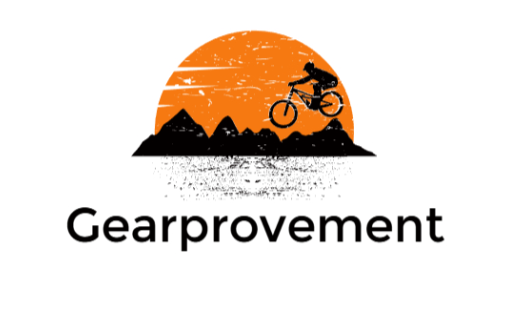Discover how to choose the ultimate motorcycle helmet – your shield of protection on the road to adventure!
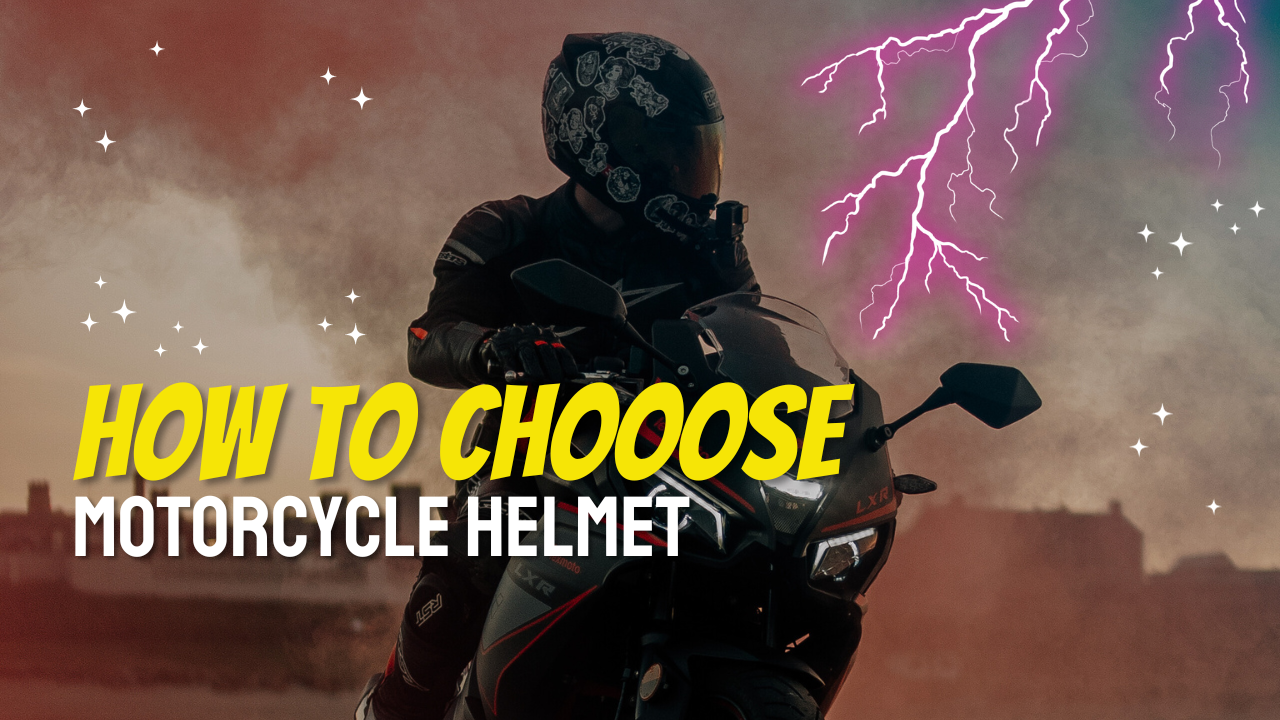
Riding a motorcycle is an exhilarating experience that offers freedom and adventure like no other mode of transportation. However, with that freedom comes a critical responsibility: ensuring your safety on the open road.
At the core of your motorcycle safety gear lies one of the most vital pieces of equipment – your helmet. Choosing the right motorcycle helmet is not just a matter of style; it's a matter of life and death.
In this post, we'll guide you through the essential steps to select the perfect motorcycle helmet that combines comfort, style, and most importantly, unparalleled protection.
So, whether you're a seasoned rider looking for an upgrade or a newcomer embarking on your two-wheeled journey, let's dive into the world of helmets and make an informed choice that keeps you safe as you chase the horizon.
Choose The Right Type
There are four main types of motorcycle helmets: full face, open face, modular, and off-road.
Full Face Helmets

Full face helmets offer the most protection, covering your entire head and face. They have a chin bar that protects your jaw and teeth, and a visor that protects your eyes from the wind, sun, and debris. Full face helmets are the best choice for all types of riding, but they can be heavier and hotter than other types of helmets.
Advantages:
- Most protective type of helmet
- Covers entire head and face, including chin bar and visor
- Good for all types of riding
Disadvantages:
- Can be heavier and hotter than other types of helmets
Open Face Helmets

Open face helmets are less bulky and lighter than full face helmets, but they offer less protection. They typically have a visor to protect your eyes, but they don't have a chin bar. Open face helmets are a good choice for warm weather riding, but they're not as safe as full face helmets.
Advantages:
- Lighter and cooler than full face helmets
- Good for warm weather riding
Disadvantages:
- Less protective than full face helmets
- Doesn't have a chin bar
Modular Helmets
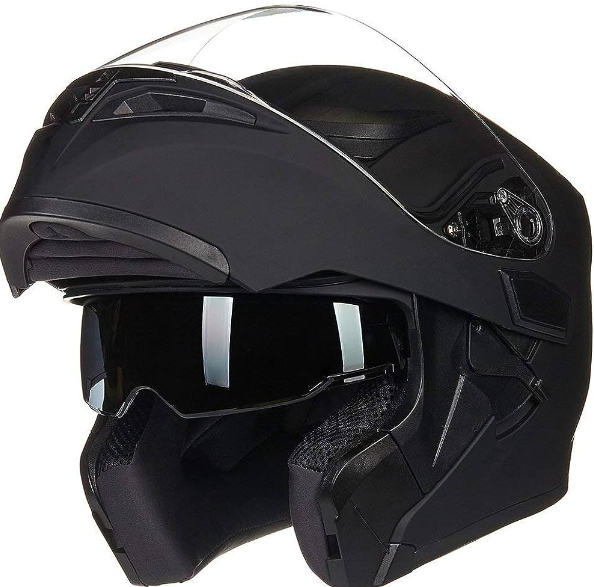
Modular helmets are a hybrid of full face and open face helmets. They have a chin bar that can be flipped up or down, making them versatile for different types of riding. Modular helmets are a good choice for riders who want the protection of a full face helmet with the convenience of an open face helmet.
Advantages:
- Versatile for different types of riding
- Can be flipped up or down to function as a full face or open face helmet
Disadvantages:
- Can be heavier and hotter than open face helmets
- Not as protective as full face helmets when the chin bar is flipped up
Off-Road Helmets
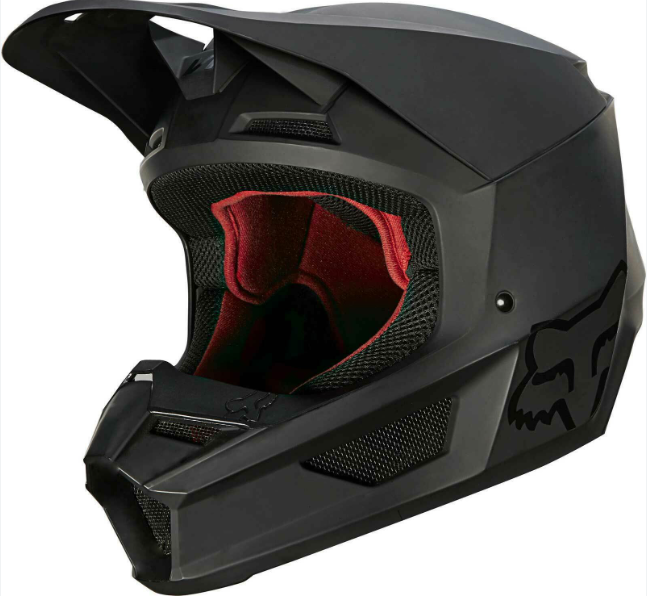
Off-road helmets are designed for riding on dirt and gravel roads. They have a large visor to protect your eyes from the sun and debris, and a peak to deflect branches and other objects. Off-road helmets also have ventilation systems to keep your head cool in hot weather.
Advantages:
- Designed for off-road riding
- Large visor and peak to protect from the sun, debris, and branches
- Ventilation systems to keep head cool
Disadvantages:
- Not as suitable for street riding as other types of helmets
- Can be heavier and hotter than other types of helmets
Which Type of Helmet is Right for You?
The best type of motorcycle helmet for you depends on your riding style and needs. If you're looking for the most protection, choose a full face helmet. If you want a lighter and cooler helmet for warm weather riding, consider an open face helmet. If you need a helmet that's versatile for different types of riding, choose a modular helmet. And if you're going to be riding off-road, choose an off-road helmet.
No matter which type of helmet you choose, make sure it fits snugly and comfortably. A helmet that's too loose or too tight won't protect you properly.
Recommended: The Best Motorcycle Helmets
Safety Certifications
There are three main safety certifications for motorcycle helmets: DOT, ECE, and Snell.
DOT Certification
The DOT certification is the minimum safety standard required for all motorcycle helmets sold in the United States. DOT helmets are tested for impact resistance, penetration resistance, and chin strap strength.
Advantages:
- Required for all motorcycle helmets sold in the United States
- Ensures that helmets meet a minimum safety standard
Disadvantages:
- Considered by some to be the least stringent of the three major safety certifications
ECE Certification
The ECE certification is a European safety standard that is more rigorous than the DOT certification. ECE helmets are tested for additional factors, such as field of vision, stability, and noise reduction.
Advantages:
- More rigorous safety standards than the DOT certification
- Considered by some to be the best overall safety certification
Disadvantages:
- Not required for all motorcycle helmets sold in the United States
- May be more expensive than DOT helmets
Snell Certification
The Snell certification is a private safety certification that is even more rigorous than the ECE certification. Snell helmets are tested for a variety of additional factors, such as oblique impacts, multiple impacts, and high-speed impacts.
Advantages:
- Most rigorous safety standards of the three major safety certifications
- Considered by some to be the best possible safety certification for motorcycle helmets
Disadvantages:
- Not required for all motorcycle helmets sold in the United States
- May be more expensive than DOT or ECE helmets
Which Safety Certification is Right for You?
The best safety certification for you depends on your budget and your riding style. If you're looking for the most protection possible, choose a helmet with the Snell certification. If you're on a tighter budget, choose a helmet with the DOT or ECE certification.
No matter which safety certification you choose, make sure the helmet fits snugly and comfortably. A helmet that's too loose or too tight won't protect you properly.
Get The Right Fit

To get the right fit for a motorcycle helmet, follow these steps:
- Measure your head circumference. Use a soft tape measure to measure around the widest part of your head, just above your eyebrows. Write down the measurement.
- Try on different helmets. Find a helmet dealer that has a good selection of helmets to try on. When trying on a helmet, make sure it fits snugly but comfortably. It should not be too tight or too loose.
- Check the cheek pads. The cheek pads should make firm contact with your cheeks without being too tight. You should be able to move your jaw freely.
- Check the forehead. The helmet should fit snugly on your forehead without being too tight. You should not be able to fit your fingers between the helmet and your forehead.
- Check the chin strap. The chin strap should be snug but comfortable. You should be able to fit two fingers between the strap and your chin.
- Wear the helmet for a few minutes. Once you have found a helmet that fits snugly and comfortably, wear it for a few minutes to make sure it is still comfortable. If you feel any discomfort, try on a different helmet.
Here are some additional tips for getting the right fit for a motorcycle helmet:
- Make sure the helmet is level on your head. The visor should be parallel to the ground and the chin bar should be parallel to the ground.
- Make sure the helmet does not move around when you shake your head.
- Make sure you can see and hear well while wearing the helmet.
It is important to find a helmet that fits well because a helmet that is too loose or too tight will not protect you properly.
Padding
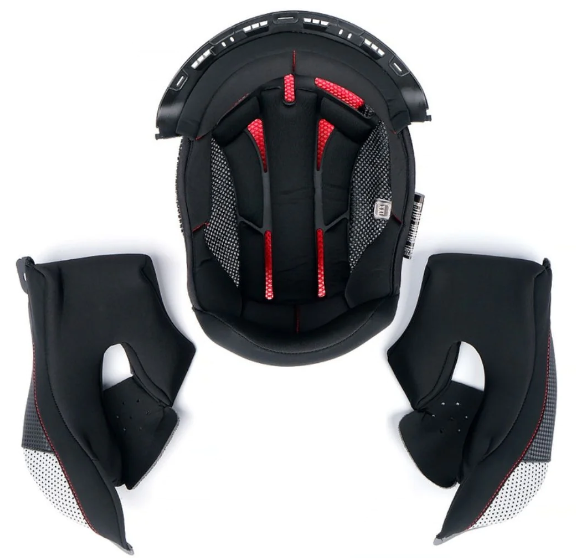
The padding in motorcycle helmets is designed to absorb impact energy and protect the rider's head in the event of a crash. There are two main types of padding used in motorcycle helmets: expanded polystyrene (EPS) and ethylene vinyl acetate (EVA).
Here is a more detailed explanation of the different types of padding found in motorcycle helmets:
- Expanded polystyrene (EPS): EPS is a lightweight foam that is very good at absorbing impact energy. It is the most common type of padding used in motorcycle helmets. EPS is typically made up of small, interconnected beads that compress and absorb impact energy when the helmet is struck.
- Ethylene vinyl acetate (EVA): EVA is a denser foam that is not as good at absorbing impact energy as EPS, but it is more durable and resistant to wear and tear. EVA is often used in conjunction with EPS in motorcycle helmets to provide a balance of protection and durability. EVA is also sometimes used on the outside of motorcycle helmets to provide a soft, comfortable layer that protects the rider's head from scratches and abrasions.
- Memory foam: Memory foam is a type of foam that conforms to the rider's head, providing a more comfortable fit. Memory foam is often used in the lining of motorcycle helmets to create a snug, personalized fit.
- Gel: Gel is a type of material that absorbs heat and keeps the rider's head cool. Gel is sometimes used in the padding of motorcycle helmets to help keep the rider's head comfortable on hot days.
When choosing a motorcycle helmet, it is important to consider the type and amount of padding used in the helmet. The padding is an important part of the helmet's safety features, and it is important to choose a helmet with padding that is appropriate for your riding needs.
Recommended: The Best Motorcycle Helmets
Ventilation
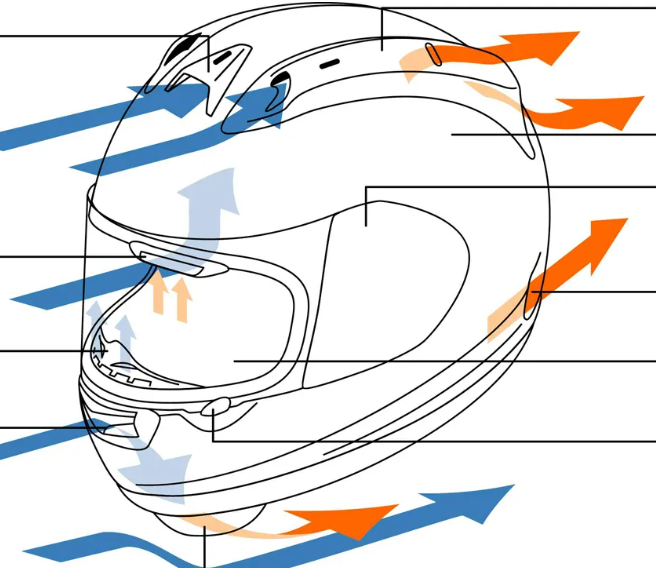
Ventilation in a motorcycle helmet is important for two reasons:
- It helps to keep the rider's head cool and comfortable.
- It helps to prevent the visor from fogging up.
Motorcycle helmets typically have vents on the top, front, and back of the helmet. The vents allow air to flow through the helmet, cooling the rider's head and preventing the visor from fogging up.
Some motorcycle helmets also have adjustable vents that allow the rider to control the amount of airflow. This can be helpful in different riding conditions, such as hot weather or cold weather.
When choosing a motorcycle helmet, it is important to consider the ventilation system. A well-ventilated helmet will help to keep you cool and comfortable while riding, and it will also help to prevent the visor from fogging up.
Here are some tips for choosing a motorcycle helmet with good ventilation:
- Look for a helmet with vents on the top, front, and back of the helmet.
- Choose a helmet with adjustable vents so that you can control the amount of airflow.
- Make sure that the vents are not blocked by the helmet's liner or padding.
In addition to choosing a helmet with good ventilation, there are other things you can do to keep your head cool and comfortable while riding, such as:
- Wear a wicking helmet liner to absorb sweat.
- Drink plenty of fluids before and during your ride.
- Take breaks in the shade to cool down.
- Avoid riding during the hottest part of the day.
By following these tips, you can help to ensure that your motorcycle helmet provides good ventilation and keeps you cool and comfortable while riding.
Visor And Faceshield
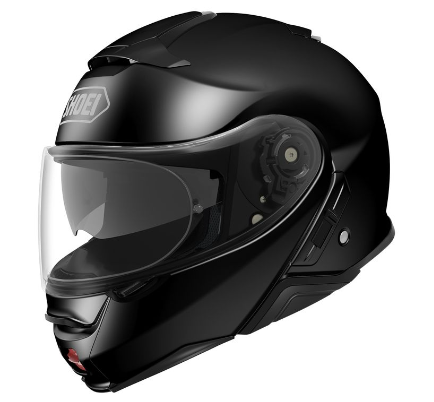
The visor and face shield are two important components of a motorcycle helmet. The visor is the clear or tinted plastic shield that protects the rider's eyes from the wind, sun, and debris. The face shield is the clear plastic shield that protects the rider's entire face from the wind, sun, and debris.
Visors and face shields are made from a variety of materials, including polycarbonate, acrylic, and Lexan. Polycarbonate is the most common material used in visors and face shields because it is strong, lightweight, and resistant to scratches and abrasions. Acrylic and Lexan are also strong and lightweight materials, but they are not as resistant to scratches and abrasions as polycarbonate.
Some visors and face shields have special features, such as anti-fog coatings, UV protection, and scratch resistance. Anti-fog coatings help to prevent the visor or face shield from fogging up in cold weather or when breathing heavily. UV protection helps to protect the rider's eyes from the sun's harmful UV rays. Scratch resistance helps to protect the visor or face shield from scratches and abrasions.
When choosing a visor or face shield for your motorcycle helmet, it is important to consider the following factors:
- Material: Choose a visor or face shield made from a strong and lightweight material, such as polycarbonate.
- Features: Consider the features that are important to you, such as anti-fog coating, UV protection, and scratch resistance.
- Fit: Make sure the visor or face shield fits your helmet properly. It should not be too loose or too tight.
It is also important to keep your visor or face shield clean and free of scratches. You can clean your visor or face shield with a mild soap and water solution. Be careful not to use harsh chemicals or abrasive cleaners, as these can damage the visor or face shield.
If your visor or face shield becomes scratched or damaged, it is important to replace it immediately. A damaged visor or face shield will not protect you as well as a new one.
Here are some additional tips for using and maintaining your motorcycle helmet visor and face shield:
- Clean your visor or face shield regularly. Use a mild soap and water solution to clean your visor or face shield. Be careful not to use harsh chemicals or abrasive cleaners.
- Inspect your visor or face shield for scratches and damage. If your visor or face shield is scratched or damaged, replace it immediately.
- Use a visor or face shield that is appropriate for the weather conditions. If you are riding in cold weather, use a visor or face shield with an anti-fog coating. If you are riding in sunny weather, use a visor or face shield with UV protection.
- Store your helmet in a cool, dry place. This will help to prevent the visor or face shield from becoming warped or damaged.
By following these tips, you can help to ensure that your motorcycle helmet visor and face shield provide good protection and last for many years.
Retention System
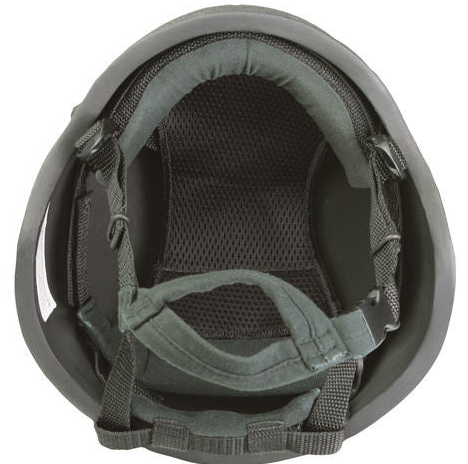
The retention system is the mechanism that keeps your motorcycle helmet securely on your head in the event of a crash. It is one of the most important components of a motorcycle helmet, and it is important to choose a helmet with a retention system that is comfortable, secure, and easy to use.
There are two main types of retention systems used in motorcycle helmets:
- Double D-ring: The double D-ring retention system is the most secure type of retention system. It is also the most time-consuming to use, but it is the most reliable.
- Micro-lock: The micro-lock retention system is easier to use than the double D-ring retention system, but it is not as secure.
Some motorcycle helmets also use other types of retention systems, such as quick-release buckles and ratchet straps. However, the double D-ring and micro-lock retention systems are the most common types of retention systems used in motorcycle helmets.
When choosing a motorcycle helmet, it is important to consider the following factors when choosing a retention system:
- Security: The most important factor to consider is the security of the retention system. Choose a retention system that is secure and will not come undone in the event of a crash.
- Ease of use: The retention system should also be easy to use. You should be able to put on and take off your helmet quickly and easily.
- Comfort: The retention system should also be comfortable. It should not be too tight or too loose.
It is also important to keep your retention system clean and free of debris. You can clean your retention system with a mild soap and water solution. Be careful not to use harsh chemicals or abrasive cleaners, as these can damage the retention system.
If your retention system becomes damaged or worn out, it is important to replace it immediately. A damaged or worn-out retention system will not protect you as well as a new one.
Here are some additional tips for using and maintaining your motorcycle helmet retention system:
- Adjust the retention system so that it is snug but comfortable. It should not be too tight or too loose.
- Make sure that the chin strap is securely fastened. The chin strap should be snug but comfortable. You should be able to fit two fingers between the strap and your chin.
- Inspect the retention system regularly for damage or wear and tear. If the retention system is damaged or worn out, replace it immediately.
By following these tips, you can help to ensure that your motorcycle helmet retention system provides good protection and lasts for many years.
Recommended: The Best Motorcycle Helmets
Wrapping Things Up
In conclusion, selecting the perfect motorcycle helmet is a decision that goes beyond style; it's about safeguarding your well-being on every ride.
Your helmet is your ultimate shield, offering protection against the unpredictable elements of the road. Whether you're a daily commuter, a weekend adventurer, or a seasoned biker, investing in the right type of helmet tailored to your riding style and safety needs is non-negotiable.
With the knowledge gained in this guide, you're now equipped to make an informed choice—one that ensures you enjoy the thrill of the ride while prioritizing your safety above all else.
Remember, your journey begins with a helmet, and every adventure should start with safety in mind.
So gear up, hit the road, and ride with confidence, knowing you've chosen the best helmet to keep you secure as you embrace the open horizon.
Want The Best Motorcycle Helmet?
I ranked and rated the top helmets. Click below to see them:
